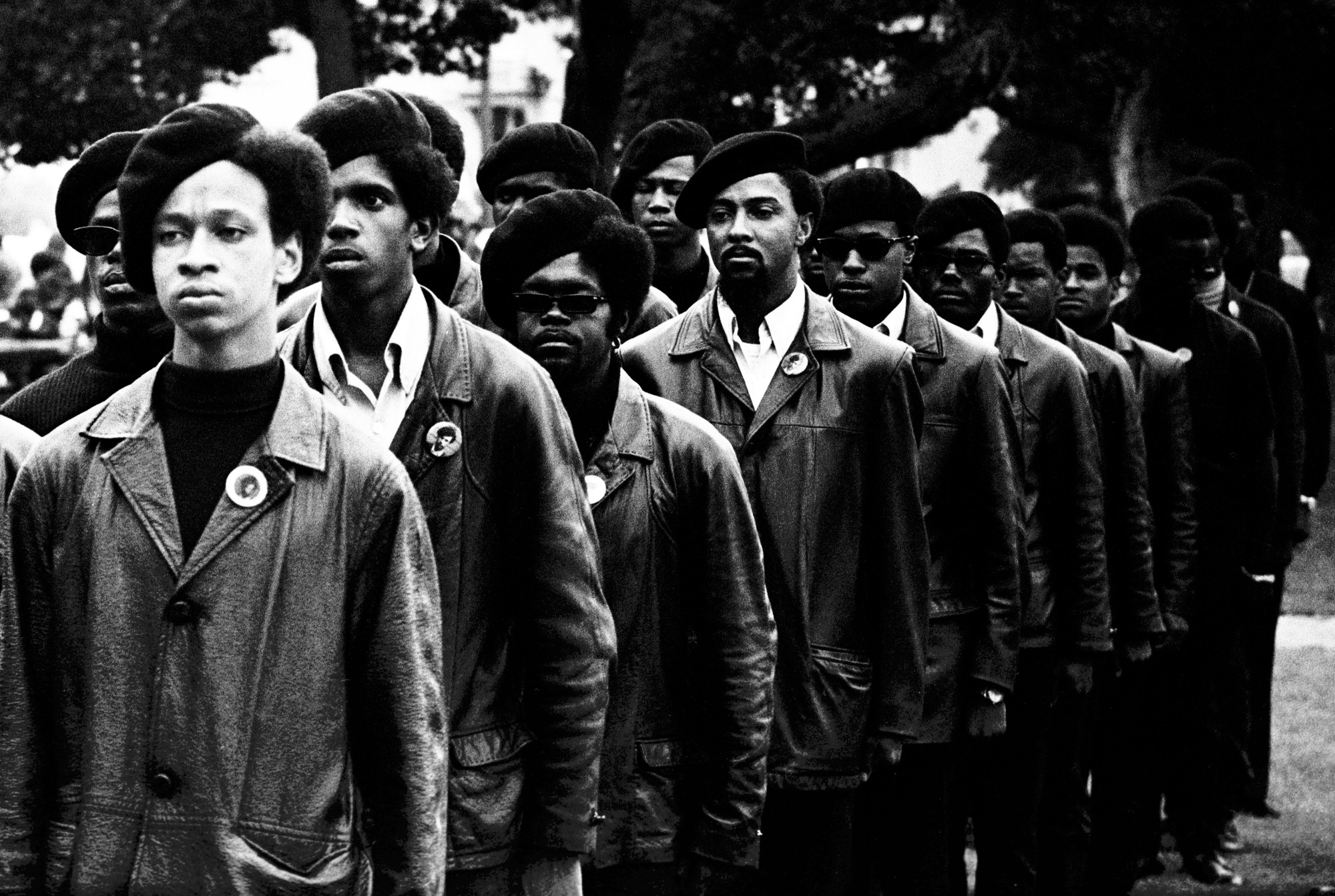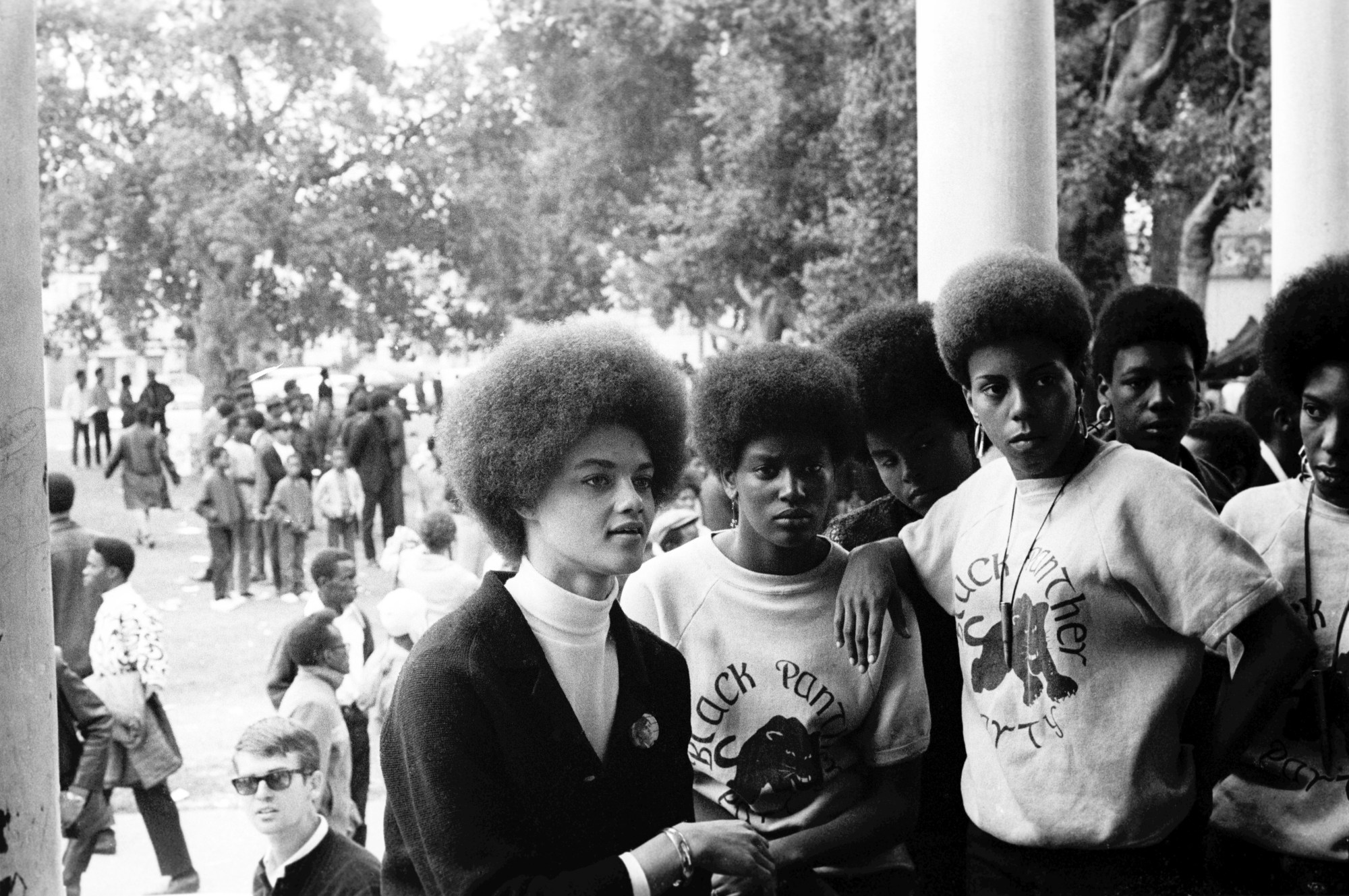This story originally appeared on i-D France.
1967. Stephen Shames was just 20 years old when he met Bobby Seale, the founder of the Black Panthers, who asked him to document the movement’s daily activities and introduced him to its most influential members: Huey P. Newton, Angela Davis, Kathleen and Eldridge Cleaver, Fred Hampton, and Stokely Carmichael. For seven years, Shames was the official photographer for the political organization. Unlike other photographers who also documented the Panthers — like Ruth-Marion Baruch or Pirkle Jones — Shames managed to delve into the intimacy of what was then considered by the director of the FBI, John Edgar Hoover, as “the biggest threat to the United States’ internal security.” Shames’ photographs are now exhibited in Lille as part of the Power to The People exhibition at Maison Folie de Moulins. i-D met him to discuss resistance, the importance of photographic records, and 2Pac’s mom.
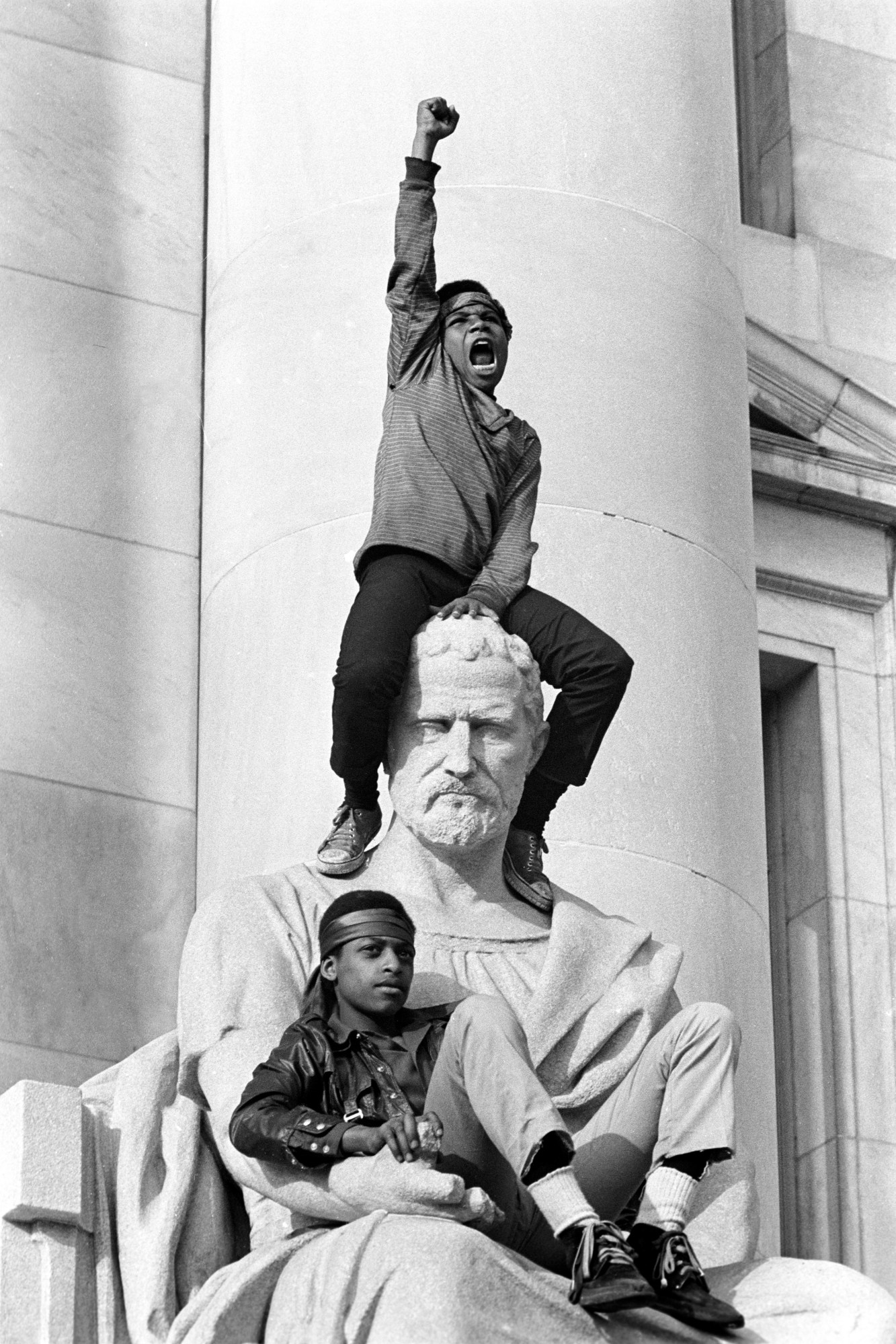
How did you come into contact with the Black Panthers?
In April 1967, there was a march opposing the Vietnam War. As a student at UC Berkeley, I attended [the march] and met Bobby Seale. He liked the photos that I took that day, we became friends, and then he allowed me to spend more and more time with the Black Panthers. He was like my mentor, so to speak. He was the leader of the organization at the time, so he introduced me to everyone. I didn’t necessarily realize, but, at the time, I was the only person outside the Party who was let into their world. Of course, nowadays, anyone can get their hands on public documents presenting the Panthers in the context of a demonstration or something, but back then, nobody had access to the intimate lives of the organization’s various members. For seven years, I spent most of my time documenting the Panthers, immortalizing their daily lives, how they behaved with their wives or children when they would get home.
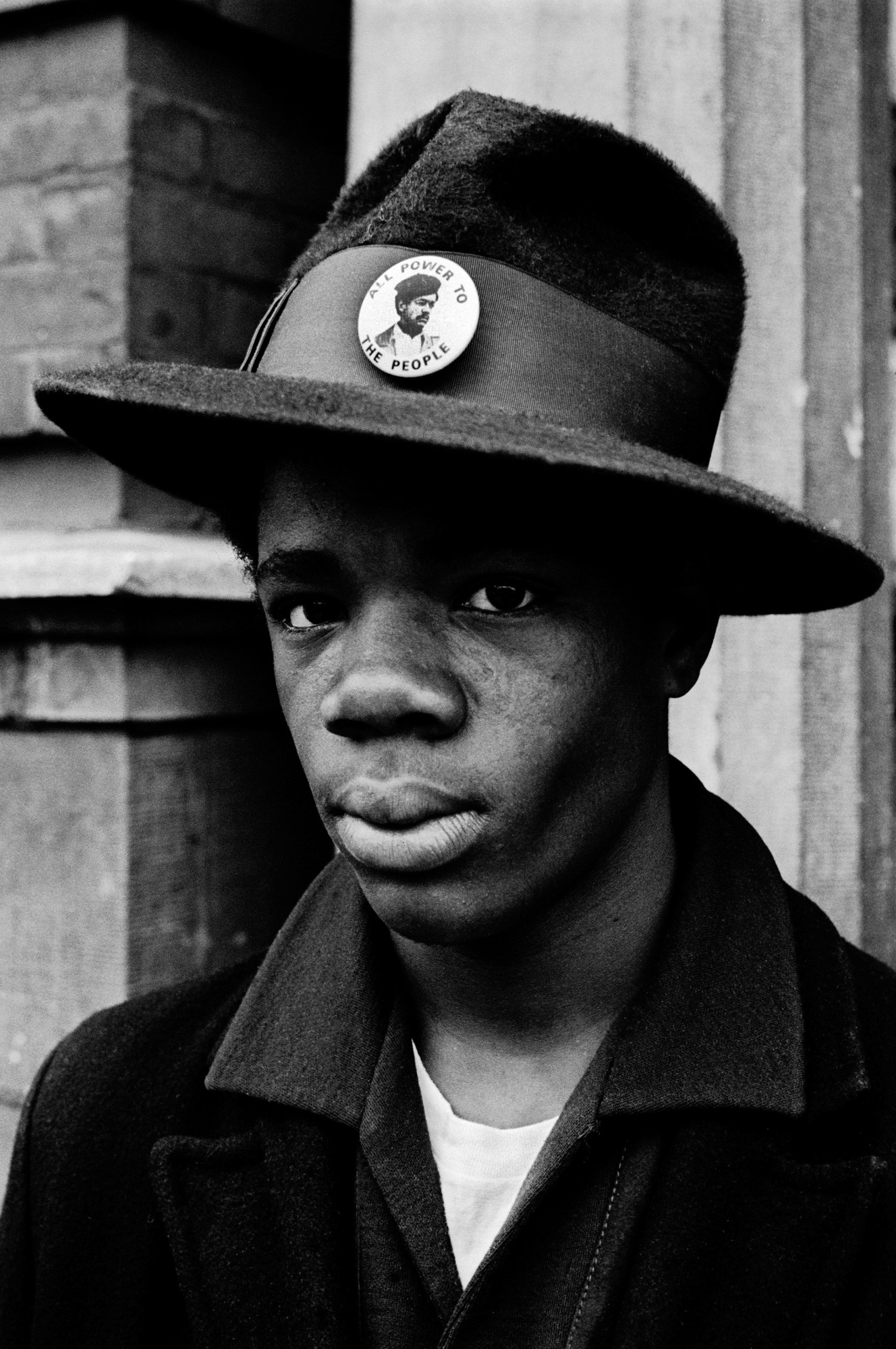
Did you feel that you were experiencing something historic or did you just want to take photographs of people you cared about?
I’d like to make the point that I was barely 20 when I encountered the Black Panther Party, so I didn’t have a specific goal and wasn’t smart enough go about my approach in a more intellectual manner. The idea was mainly to just be part of the movement. I didn’t think that these photos would be exhibited in museums someday… I just thought of myself as a revolutionary whose goal was to show the Black Panthers from within, not to simply document their fights or intent to take up arms. At the time, as is still sometimes the case today, almost all media focused on this aspect and systematically sought controversy. However, unlike them, I wanted to photograph what was happening on a daily basis, reveal what was going on behind the scenes, and provide the most complete portrayal of the Panthers. They certainly were extremely committed revolutionaries, but that didn’t make them less real as people, and they were living their family lives just like any other human beings.
Why was it in the Panthers’ interest to let you photograph their daily life or their gatherings?
The Panthers weren’t a protest group, but a political party that had become aware that America is a world where everything depends on communication. They understood that images were essential to their reputation and to the promotion of their ideas. In retrospect, I realize that this has shed light on the Party’s avant-garde nature. At the time, they organized large gatherings to distribute food, providing a substantial amount of good quality food to families and children. It was part of their basic principles, they believed you couldn’t study on an empty stomach… It’s interesting to point out that when President Johnson finally implemented the same program as the Panthers had done before, the food distributed by the government agency was significantly lower quality, and some people even compared the cheese to white cardboard.

You’ve mentioned the media’s harmful perception of the Black Panther Party. What about the attitude of the FBI, which was outright attempting to destroy the organization?
I don’t want to play the racism card, but it’s clear that everything was done to present a negative image of the Panthers, portraying them as a violent group that was potentially dangerous for the wellbeing of society. It’s also obvious that the image of an armed black man has always shocked the public more than a white man represented in the same way. It’s all the more crazy that the Panthers only demanded one thing — equality. And to achieve it, they were getting up at 4am, preparing breakfast for the neighborhood kids, publishing a newspaper, and coming up with a specific plan to lead their struggle. It must be remembered that Bobby Seale had run a campaign to be elected in Oakland City Hall, had come in second place and got more than 40% of the vote. He was a very intelligent man, who knew how to manage the organization and allow Black Power to triumph.
You’ve deviated a bit from my question there…
Yes, sorry [laughs]. The Panthers, like all people or movements that have tried to bring about real social change, have always created waves of discontent and mistrust. Just look at what happened to Martin Luther King: he advocated peace, and yet people hated him. Today he’s a legend, but people refused to hear his speeches at the time. Some people wanted to kill him and in the end they succeeded. The Panthers suffered the same fate: leading figures such as Fred Hampton were killed in their sleep and the FBI created COINTELPRO, a program aimed at neutralizing political groups perceived as threats to state security. You know, sadly it wasn’t uncommon for Panthers to be killed in clashes with the police, and it wasn’t for nothing that they had set up separate accommodation for their children. They did that so that they too would not end up victims of the many FBI home attacks. That was also part of being a member of the Party: to be under the constant threat of the authorities and their racist attacks.

Earlier, you told me that about your friendship with Bobby Seale. What can you tell me about Huey P. Newton and Angela Davis, who you also knew?
I didn’t really know Angela Davis, I photographed her a few times, but she only stayed in the Black Panther Party for six months. After that, she joined the US Communist Party. Huey, on the other hand, I spend a bit more time with. He was very talented, very intelligent and very charismatic. There’s probably a reason why he took control of the party with Bobby Seale. Their strength was to surround themselves with really intelligent people to see their cause through: Stokely Carmichael, George Jackson, or Fred Hampton. If he hadn’t been killed by the FBI, I think we would still hear about him today.
The Black Panther Party had a very progressive vision, to the point of giving great responsibilities to women at a time when inequality between the sexes was pretty prevalent…
I can’t say that women enjoyed the same equality as men, but that has to do with the global social context of the time. On the other hand, women played a very important role in the Party. As you just said, the Panthers were one of the most progressive movements in the United States, particularly with respect to the rights of women and of the LGBT community. This wasn’t an easy position to promote at the time, and it still isn’t today as a matter of fact. You have to realize that most of the black population in the United States goes to church regularly and remains very conservative. But it’s clear that women like Kathleen Cleaver or Ericka Huggins had enough charisma to assert themselves alongside the men in the movement.
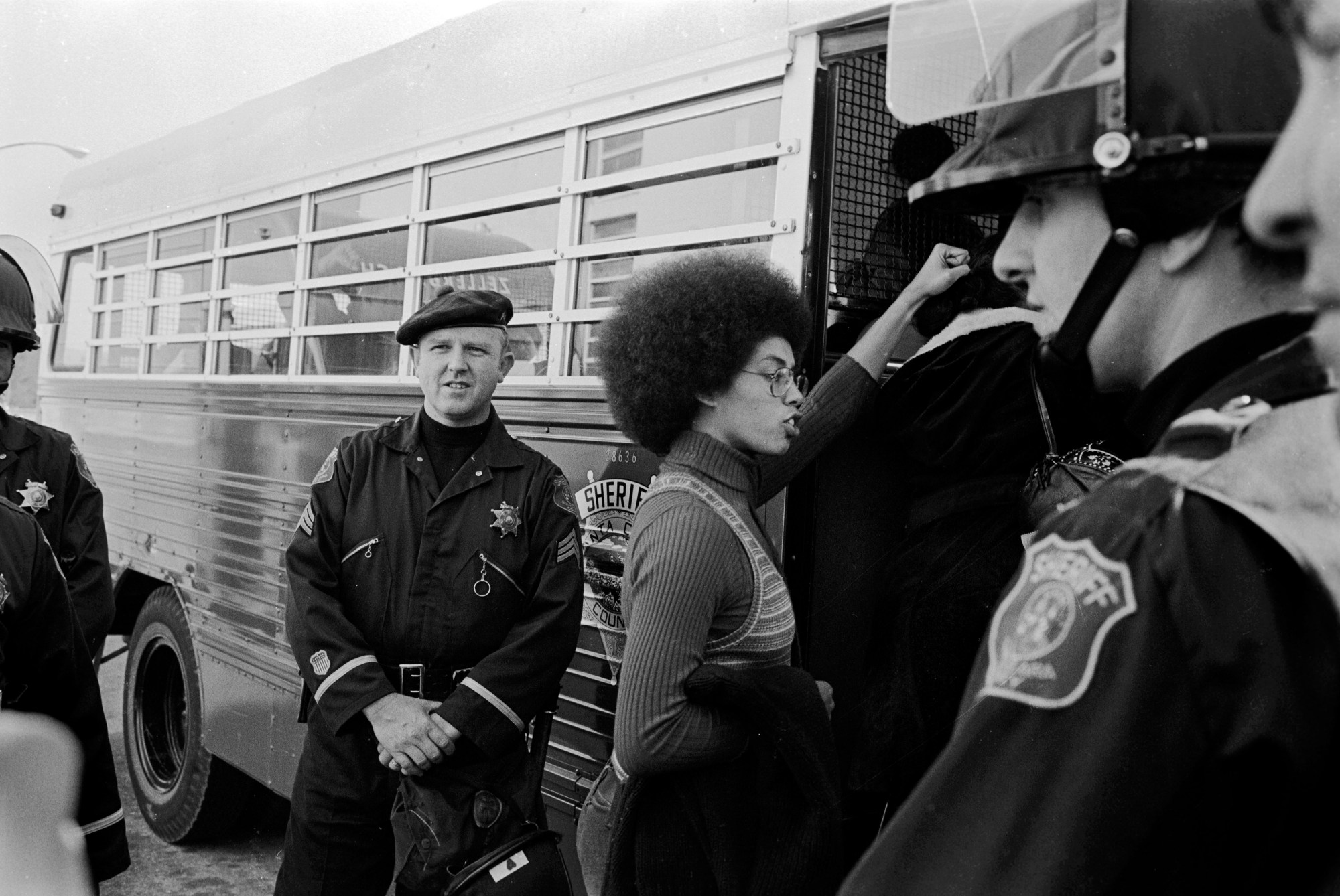
Afeni Shakur was also there, 2Pac’s mother.
I only had the chance to meet her once. We weren’t in the same state or section. But she was a very committed woman and was really close to a very good friend of mine, Jamal Joseph, also a former member of the Panthers.
Did you ever want to leave your camera aside and take up an even more head-on role in the struggle?
You know, what I’ve tried to do outside of photography has always had less impact in my opinion than the images I could capture. I was part of Bobby Seale’s campaign at Oakland City Hall, I marched against the Vietnam War, I was a member of the Berkeley Barb, an alternative newspaper, but the photos make it easier to raise awareness. In the end, they are what remains.
In 2018, we’ve got the impression that things haven’t changed so much for the African-American population.
That’s exactly true. Most of the issues raised at the time by the Panthers still exist today. Bobby Seale might have said that black sitcoms had helped the black community to be accepted by the general public, but African-American unemployment remains twice as high as that of white people, and one in four black children still lives below the poverty line. And it’s not like Donald Trump’s presidency is going to change the situation. The Black Panthers used to say that you shouldn’t listen to someone over 30, and I think Trump is a great example of why they were right. What he’s putting in place, what he says in his speeches, only fuels hatred throughout the country.
